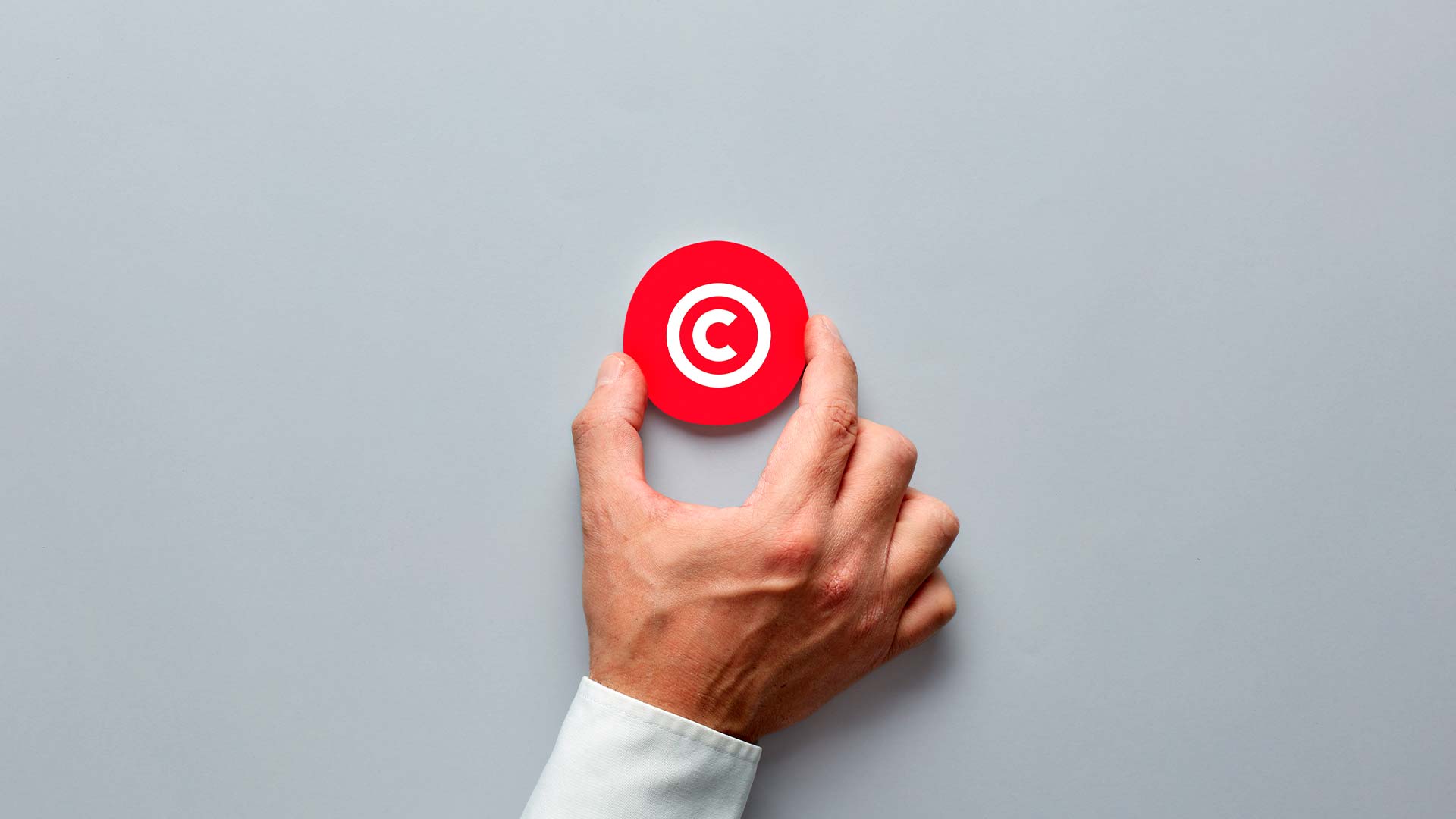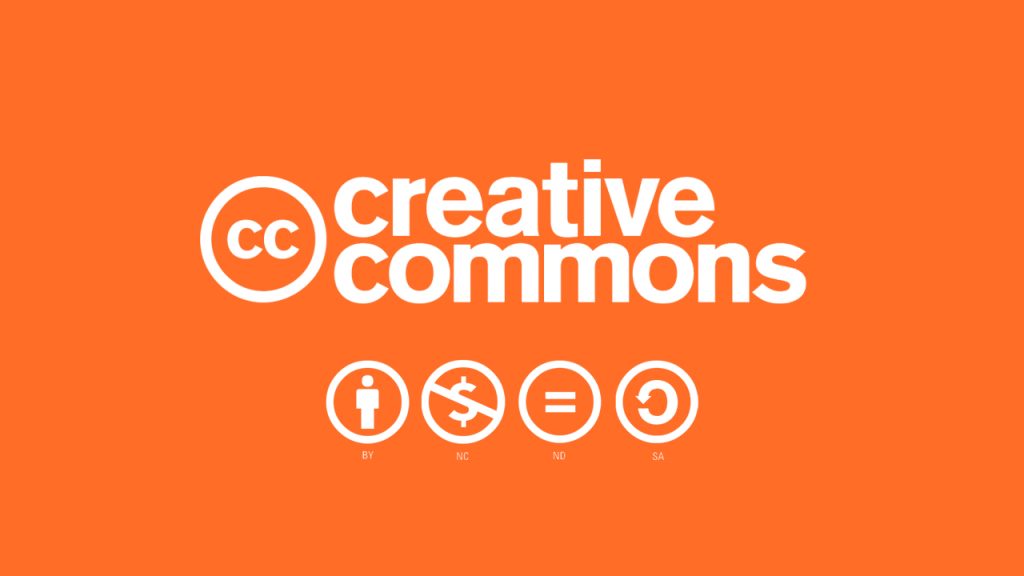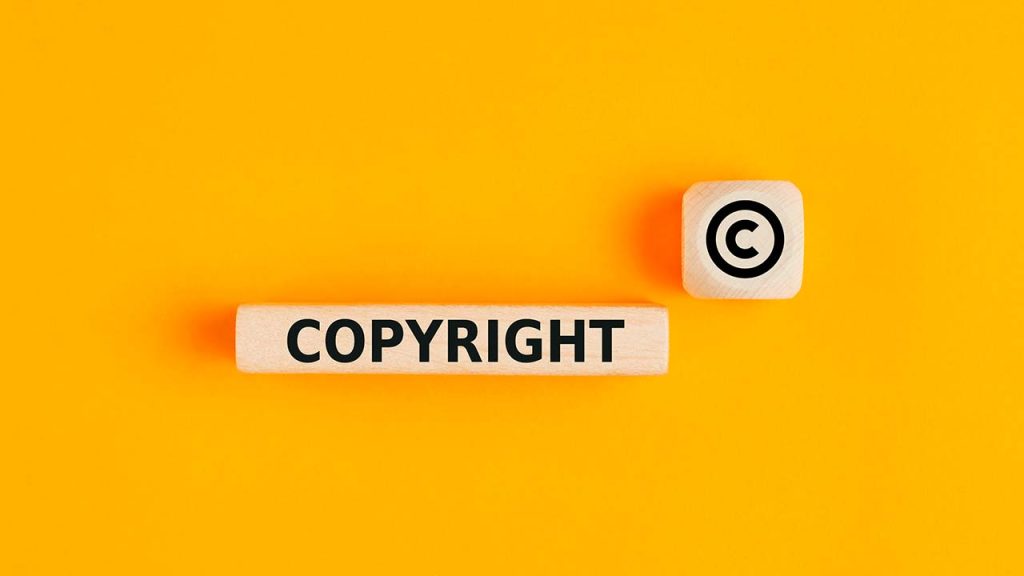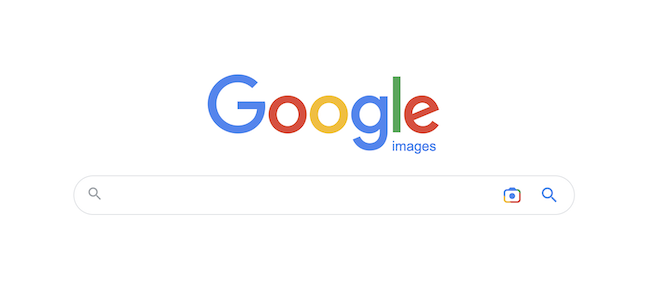
How to know if an image is copyrighted?
In this article we will answer the question how to know if an image is copyrighted so that you can use it correctly.
Does copyright exist on the Internet? The answer is yes. Audiovisual content is uploaded on the Internet every second. We consume it, we share it, sometimes we even need to download it for personal or commercial use. That’s why it’s important to know if it’s a copyrighted image or if it’s free to use.
In fact, if you have ever searched for images on Google, you may have noticed that under each photo there is a text warning that the images may be copyrighted. This means that we have to find out what kind of license it has before using it.
Images on the Internet, copyright and copyrights
In this visual age in which we live, people are constantly searching for images on the Internet. Whether for ideas, inspiration, visual support for a presentation, downloading images for commercial use… the list is endless. The Internet is the largest bank of resources, although that does not mean that they are royalty free.
According to the Copyright Law, original images or photographs are copyrighted from the moment of their creation. And therefore, the creator decides whether to transfer his rights so that other people can use the image freely or if he will have some license.
When we talk about the copyright of an image, the concepts of author’s rights and copyright are often used as synonyms. And although they are essentially the same, it should be noted that the term copyright comes from the Anglo-Saxon legal tradition, focused on economic rights, and does not affect the moral rights of authors.
The copyright law used in other countries, such as practically all of Europe, Latin America, etc., is based on the continental European model, which protects both the author and the work itself. That is to say, copyright does not expressly protect moral rights, while author’s rights do. That said, and in general terms, when one speaks of “my work is copyrighted”, it is understood that one reserves all the applicable rights both in the local legislation that applies and in others thanks to international agreements.

It is important to know that there are two types of copyrights; the moral rights of the author, which are unwaivable and inalienable; and the economic rights, which are transferable to third parties.
Types of licenses for images
The images we find on the Internet may have different types of copyright licenses. To know how we should use each photo we have to know them:
Copyrighted
In copyrighted images, the creator decides how to exploit the economic rights and, therefore, what can be done with the image and what not.
Creative Commons
By registering a work under a Creative Commons (CC) license, the author assigns some of his economic rights, the exploitation rights, under specific conditions. Except in the Creative Commons license (CC-0), which we will see below, the moral right of paternity attribution of authorship is fulfilled.
Let’s take a look at the different Creative Commons licenses:

Creative Commons (CC-0)
The author expressly waives his economic rights and the image is in the public domain. It is advisable to consult the national and local legislation in each case to know the limits allowed with respect to the release of rights. In Spain, for example, the author is not allowed to waive his or her moral rights.
Creative Commons Attribution (CC BY)
Allows the image to be disseminated and modified, even if it is used for commercial purposes. It is mandatory to cite the author.
Creative Commons Attribution – Share Alike (CC BY-SA)
It is possible to use and transform the image, for example by making a montage, but it must be published under the same license conditions as the original work. It is also necessary to cite the author.
Creative Commons Attribution – Non Commercial (CC BY-NC)
Allows the use and modification of the image, as long as it is not in exchange for money, payment, or a specific economic activity that the author does not want. In addition, it is necessary to cite the creator.
Creative Commons Attribution – No Derivative Works (CC BY-ND)
This license does not allow changes or modifications to the work, but it does allow its distribution for both commercial and non-commercial purposes. It requires citation of authorship.
Creative Commons Attribution – Share Alike (CC BY-NC-SA)
Allows modifications to create a new work based on the original image. It is necessary to share it under the same conditions as the original work and name the author. In this case, commercial use is not allowed.
Creative Commons Attribution – Non-Commercial – No Derivative Works (CC BY-NC-ND)
This is one of the most restrictive licenses, since the image cannot be transformed or used for commercial purposes. It only allows downloading and sharing it with third parties. It requires citation of authorship.
Free images
It is also possible to make an image royalty-free. Free or public domain images are those whose copyright has expired, so they can be used without asking permission, free of charge and without attributing authorship.
In Spain, if the author died after December 7, 1987, the images are free of copyright 70 years after his death. If he/she died before this date, the rights are free 80 years later. This varies from country to country, so we recommend that you check the legislation in force in the country you are in before using a photo.
How do I know if an image is copyrighted?
Now that you know that images on the Internet are copyrighted and you know the different licenses and their restrictions, you may be wondering how to know if an image is copyrighted so you can use it.
There are different ways to find out. When an image has the copyright symbol (©) or a watermark it means that it is copyrighted, but it does not always have this symbol visible. So here are four ways to find out if the image you want to use is protected.

Safe Creative’s works search engine
Safe Creative’s works search engine is one of the most complete and specialized search engines due to its multiple filter options. It is really easy to use. To perform a search you only have to enter the keyword in the “Search” bar and when you press “Enter” you will get the first results. In addition, you have the option to search by:
- Author or owner of the rights.
- Type of work.
- Allowed download.
- Acknowledgement of authorship.
- Copying and distribution.
- Commercial use.
- Derivative works.
If you are looking for a specific type of license these filtering options will save you all the work. You can search for a work with a license that allows you to copy and distribute it, make derivative works, use it for commercial use, and so on.
Use Google images
This option is great for when you search for images in Google, as you can filter by licensing type in the browser itself. To do this, enter the keyword in the search bar, select the “Images” results and click on “Tools”. You will see a submenu with the option “Usage rights”.
Creative Commons Search
The Creative Commons organization created CC Search, a tool to search for royalty-free images. To search, type the keyword in the search engine and, if applicable, select “Commercial use” and “Modify or adapt”. You will get the first results that you can further refine with more filter options.
TinEye
TinEye is a very interesting search engine, since it allows you to enter the URL of the image directly, or perform a reverse search, i.e., uploading the image to find out under which URLs it is found. In this way, it is possible to find out the origin of the photo with information about its license.
Are images on social networks copyrighted?
This is a very common question, but the answer depends on a number of factors.
On the one hand, images uploaded to the Internet are copyrighted. On the other hand, social networks have their own terms and conditions that are adapt to the Copyright Law and that the user accepts in order to create an account. Therefore, each platform can use the images that have been uploaded and distribute them globally.
However, this is very different from the image being used by third parties. Each social network can use all the material that is uploaded, but someone else cannot do so because they have copyrights. In this case, the creator has granted that permission to the platform, by accepting the terms and conditions, but another user must ask the author for permission and obtain his or her consent.
Where to get royalty-free images?
An alternative to get high quality images with licenses that allow you to modify the work or use it for commercial purposes is to search directly in image banks. There are a multitude of platforms, free and also with monthly or annual subscription. Here is a small list:
Flickr
This social network allows you to organize images by themes, albums and chronology, as well as share, promote and sell them. The best thing is that you can search for works with CC licenses of all kinds. It is free, although it has a Pro version with a monthly or annual subscription.
Pixabay
It has more than 1 million royalty-free images that you can download for free for commercial and non-commercial use, with some exceptions specified on the platform.
Freepik
This free image bank has its own production company and offers more than 10 million graphic resources such as photographs, illustrations, vectors and PSDs (Adobe Photoshop native files).
Shutterstock
Offers a wide repertoire of photos, vectors, videos, music and templates with different subscription plans.
iStock by Getty Images
You will find photos, illustrations, clipart, videos and audio tracks. It has a fremium option, where you can download a few free files per month and then pay a subscription.
How to copyright an image
In this article we have talked about how to know if an image is copyrighted. In case you are the creator and want to register an audiovisual work and choose the type of license, you can do it quickly and easily through Safe Creative’s express registration system.

